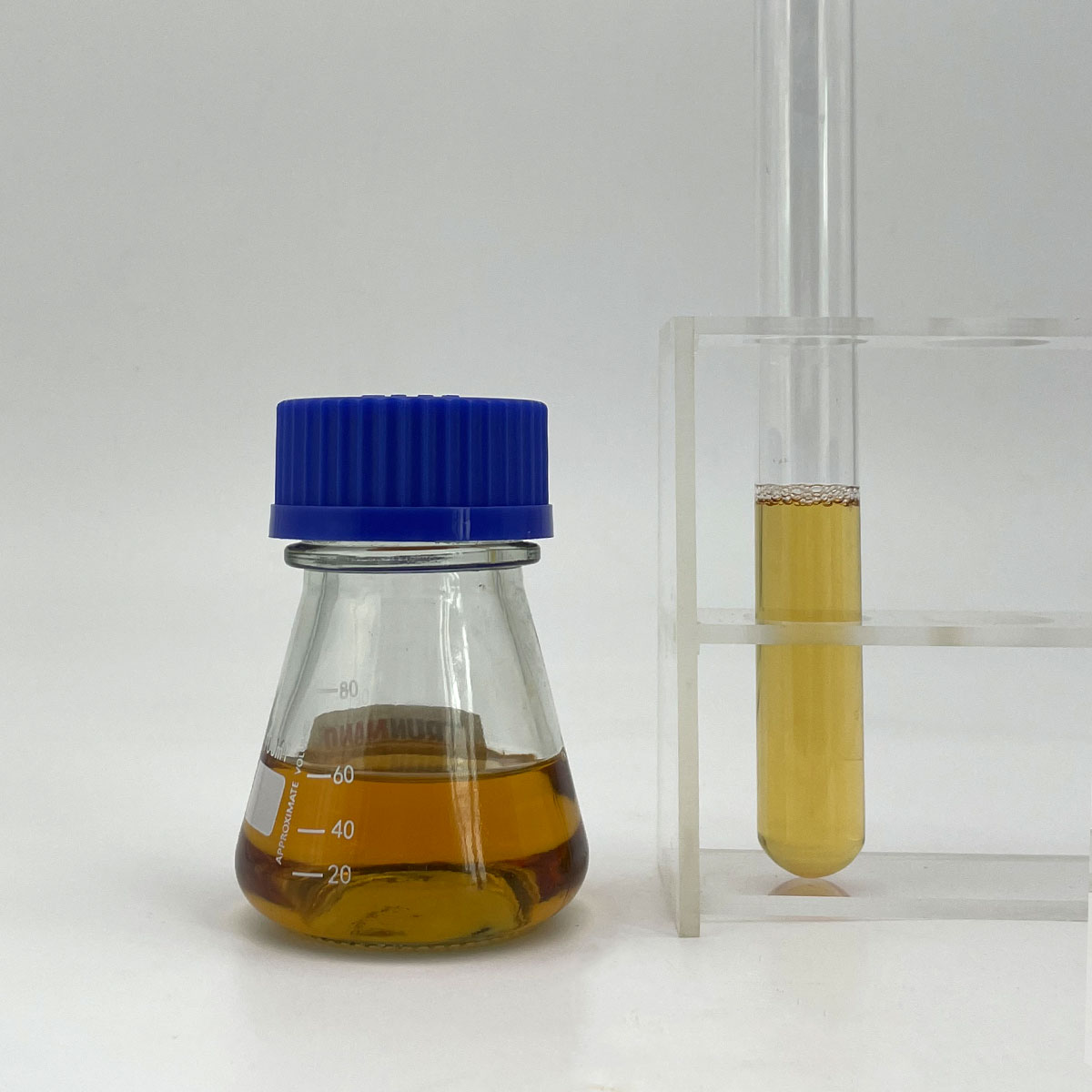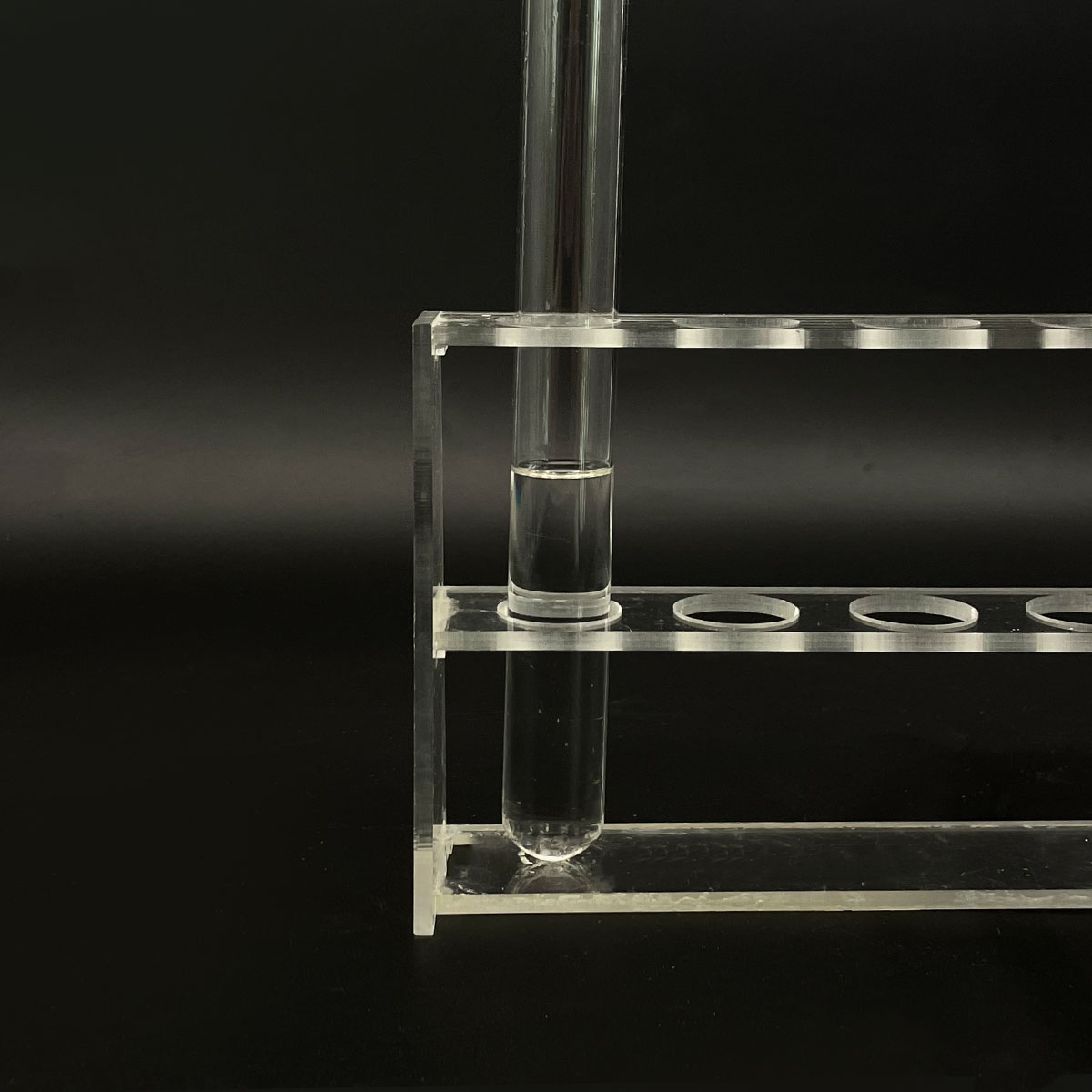**The Unsung Heroes: Which Cells Make Our Lungs Breathe Easy?**
(What Type Of Cell Produces Surfactant)
Ever wonder how your lungs inflate so smoothly? It feels effortless. The secret weapon isn’t just muscle. It’s a remarkable substance called surfactant. This stuff coats the inside of your tiny air sacs. Without it, breathing would be a constant, exhausting battle. So, who makes this vital lung lubricant? Let’s meet the incredible cells behind the scenes.
**1. What is Surfactant?**
Think of surfactant as your lungs’ built-in soap. It’s a complex mix. Lipids (fats) and proteins form its main parts. This mixture does one critical job. It drastically lowers surface tension inside your alveoli. Alveoli are those tiny, balloon-like air sacs deep in your lungs. Surface tension is the natural force making water droplets bead up. Inside your lungs, high surface tension is bad news. It makes the air sacs want to collapse. Surfactant fights this collapse. It makes inflating your lungs much easier. It prevents the alveoli from sticking shut when you breathe out. Simply put, surfactant keeps your lungs springy and open. Breathing stays smooth and efficient.
**2. Why Do We Need Surfactant?**
Surfactant isn’t optional. It’s essential for life. Imagine trying to blow up a brand-new balloon. The first few puffs are the hardest. The rubber resists stretching. Your alveoli face a similar challenge. Their walls are wet. Water molecules pull tightly together. This creates high surface tension. High surface tension makes the alveoli stiff and hard to inflate. Without surfactant, every single breath would demand enormous effort. Your chest muscles would tire quickly. Worse, during exhalation, the high surface tension would cause the tiny sacs to collapse completely. Re-opening them would take immense pressure. This collapse and re-opening cycle damages lung tissue over time. Premature babies often struggle terribly. Their bodies haven’t started making enough surfactant yet. This condition is called Respiratory Distress Syndrome (RDS). It proves how vital surfactant is for easy breathing.
**3. How Do Cells Make Surfactant?**
The star players making surfactant are called Type II Alveolar Cells. You find them nestled among the walls of the alveoli. Think of them as tiny, specialized factories. Their job is producing, storing, and releasing surfactant. Here’s how they do it:
First, the cells gather raw materials. Fatty molecules (like phospholipids) and specific proteins are key ingredients. The cell machinery assembles these components precisely. The mixture isn’t just dumped out. Type II cells package the new surfactant into unique storage units. Scientists call these lamellar bodies. They look like stacks of membranes under a microscope. When the lungs need surfactant, the Type II cells get the signal. They push these lamellar bodies out of the cell and into the air spaces. Once released, the lamellar bodies unravel. They spread out over the inner surface of the alveoli. This forms the crucial surfactant layer that reduces surface tension. It’s a constant cycle of production and release. Type II cells work non-stop to keep the layer effective.
**4. Real-World Applications of Surfactant Science**
Understanding surfactant production saves lives. The biggest application is treating premature babies. Doctors now have synthetic and animal-derived surfactant replacements. They can give this medicine directly into a premature baby’s lungs. This treatment acts like the missing natural surfactant. It prevents or treats RDS. Countless infant lives are saved every year because of this knowledge. Scientists also explore surfactant for other lung conditions. Adults can develop problems if their Type II cells get damaged. Examples include serious pneumonia or Acute Respiratory Distress Syndrome (ARDS). Researchers test if adding surfactant helps these patients breathe easier. Beyond medicine, surfactant science influences other fields. The principles guide creating better detergents and industrial cleaners. Even firefighting foams rely on reducing surface tension quickly. Studying how Type II cells manage this complex substance inspires new material science and drug delivery methods.
**5. Surfactant FAQs**
Let’s tackle some common questions about surfactant and its makers:
* **Can adults run out of surfactant?** Yes. Lung injuries from severe infections, inhaling toxins, or major trauma can damage Type II cells. This reduces surfactant production. Conditions like ARDS involve surfactant problems. Treatments are still being developed.
* **Do other cells help?** Type II cells are the main producers. But other lung cells play supporting roles. Immune cells help keep the area clean. Type I cells form the thin gas-exchange barrier. They rely on surfactant to keep their surface stable.
* **How do doctors know if surfactant is low?** In newborns, signs include rapid, labored breathing, grunting, and a bluish skin tint. Chest X-rays show a characteristic “ground glass” appearance. Doctors confirm the diagnosis based on symptoms, X-rays, and the baby’s premature age.
* **Is artificial surfactant as good as natural?** The replacements work very well for premature infants. They are life-saving. Natural surfactant is complex. Artificial versions try to mimic the key lipid components. Some include proteins too. They effectively lower surface tension in the critical newborn period.
(What Type Of Cell Produces Surfactant)
* **What happens if Type II cells are damaged?** Damage impairs surfactant production and release. This leads to increased surface tension in the alveoli. Breathing becomes harder. Lung stiffness increases. Collapsed air sacs reduce oxygen intake. Overall lung function declines significantly. Protecting these cells is crucial for lung health.
Inquiry us
if you want to want to know more, please feel free to contact us.




